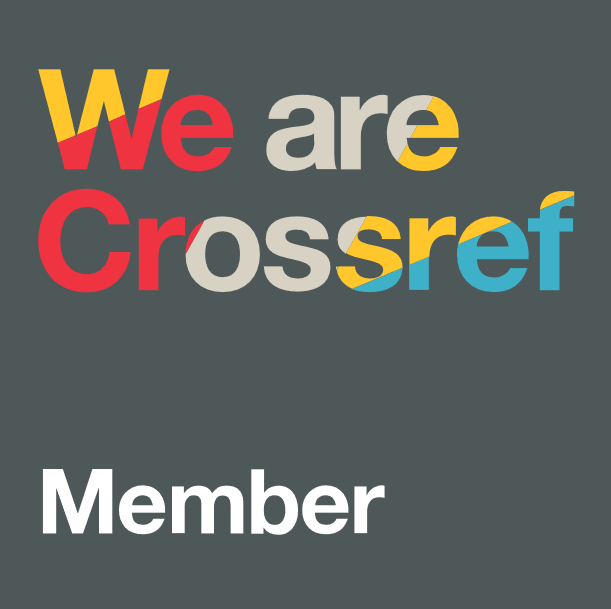Representasi Matematis Siswa Bergaya Kognitif Visualizer-Verbalizer dalam Menyelesaikan Soal Matematika TIMSS
DOI:
https://doi.org/10.31629/jg.v4i1.934Keywords:
Mathematical Representation; cognitive style visualizer-verbalizer; TIMSSAbstract
This study aims to describe students' mathematical representations in a cognitive style of visualizers in solving TIMSS problems. This research is a qualitative descriptive study. In this study consisted of 4 students where 2 of them were students with low and high cognitive style visualizers, and 2 others were students with low and high cognitive verbalizer styles. The instruments in this study were the researchers themselves and assisted with cognitive style questionnaire sheets, TIMSS test sheets, and interview guidelines. Data collection techniques used were in the form of cognitive style tests, TIMSS test questions, and student interviews. The technical data analysis used is data reduction, data presentation, and drawing conclusions. The results of this study are that mathematical representations with cognitive visualizer style are able to work on the questions in the form of images or illustrations well through the stages set by the researcher, namely; the interest in the question according to its cognitive style, understanding the problem more than the student who has a positive verbalizer style, uses a better solution to approach the perfection of the answer. Students' mathematical representations in the cognitive verbalizer style are able to work on questions presented with story or narrative questions that are easier to understand and able to describe well and are able to represent in mathematical languages.
Downloads
References
Choridah, D. T. (2013). Peran pembelajaran berbasis masalah untuk meningkatkan kemampuan komunikasi dan berpikir kreatif serta disposisi matematis siswa SMA. Infinity Journal, 2(2), 1–9. https://doi.org/10.1016/j.jclinane.2016.06.009
Cai, J., Lane, S., & Jakabesin, M.S. (1996). The role of open-ended tasks and holistic scoring rubrics: Assessing student's mathematical reasoning and communication. Dalam P.C Elliot & M.J Kenney (Eds). Yearbook Communication ini Mathematics K-12 and Beyond. Reston, VA: The National Council of Teachers of Mathematics.
Darmono, A. (2013). Identifikasi gaya kognitif peserta didik dalam belajar. Al-Mabsut, 3(1), 63–69.
Gaylord, J. (1989). National Council of Teachers of Mathematics (NCTM): Curriculum and evaluation standards for school mathematics. Reston, VA: Author.
Hutagaol, K. (2013). Pembelajaran kontekstual untuk meningkatkan kemampuan representasi matematis siswa sekolah menengah pertama. Jurnal Ilmiah, 2(1), 1–3. https://doi.org/10.1063/1.1853523
Ilma, R., Hamdani, A. S., & Lailiyah, S. (2017). Profil berpikir analitis masalah aljabar siswa ditinjau dari gaya kognitif visualizer dan verbalizer. Jurnal Review Pembelajaran Matematika, 2(1), 1–14.
Ludji B.A., Geradus, U., & Bire, J. (2014). Pengaruh gaya belajar visual, auditorial, dan kinestetik terhadap prestasi belajar siswa, 168–174.
Mayer, R. E., & Massa, L. J. (2003). Three facets of visual and verbal learners: cognitive ability, cognitive style, and learning preference. Journal of Educational Psychology, 95(4), 833–846. https://doi.org/10.1037/0022-0663.95.4.833
McEwan, R. ., & Reynolds, S. (2007). Verbalisers and visualisers : Cognitive styles that are less than equal. FIRST: Fanshawe Innovation, Research, Scholarship, Teaching, 13.
Rangkuti, A. N. (2014). Representasi matematis. Jurnal Forum Pedagogik, VI(3), 110–127.
Rosnawati, R. (2013). Kemampuan penalaran matematika siswa SMP Indonesia. Prosiding Seminar Nasional Penelitian, Pendidikan Dan Penerapan MIPA, 1–6. https://doi.org/10.4296/cwrj2701043
Sabirin, M. (2014). Representasi dalam pembelajaran matematika. JPM IAIN Antasari, 01(2), 33–44. https://doi.org/10.18592/jpm.v1i2.49
Shodiq, L.J. (2015). Seminar nasional matematika dan pendidikan matematika UNY 2015: Analisis soal buku siswa matematika kelas 7 kurikulum 2013 menggunakan TIMSS 2015 mathematics frameworks, 1073–1078.


















